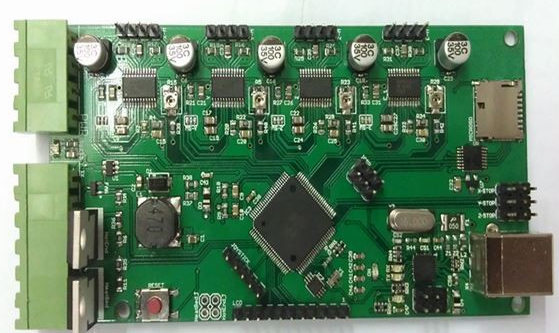The production of multi-variety and small-batch SMT mainly has the following problems in quality management:
1. The PCBA scrap rate in the debugging stage is high
Because PCBA products need to be changed constantly, product change and production debugging must be carried out frequently. During the change, the parameters of the equipment need to be modified, such as feeder, suction nozzle, replacement of furnace fixture, and placement machine program. If you are not careful, you will get errors or omissions. Sometimes workers have just finished the last product and have not yet fully grasped or remembered the relevant operating essentials of the new product, and are still "immersed" in the operation of the last product, resulting in unqualified products and product scrapping. In fact, in small batch production, most of the waste products are produced in the process of product remodeling and debugging equipment. For multi-variety and small-batch production, reducing scrap during commissioning is particularly important.

2. PCBA quality control mode for post-inspection
The core issues of the quality management system are process control and total quality management. In most companies, product quality is only regarded as a matter of the quality department and production workshop, but all departments are excluded. In terms of process control, although many companies have process regulations, equipment operation regulations, safety regulations, and job responsibilities, their implementation is not high due to poor operability and cumbersomeness and lack of monitoring means. Regarding operation records, many companies have not conducted statistics and have not developed the habit of checking operation records every day. Therefore, many original records are nothing but a pile of waste paper.
Although many PCBA companies have passed the ISO9000 quality management system certification, they still implement process-specific inspection systems, staying at the stage of relying on quality inspectors instead of looking for reasons from process control and management.
3. Difficulties in implementing statistical process control
Statistical Process Control (SPC) is a quality management technology that applies statistical techniques to evaluate and monitor all stages of the process, establish and maintain the process at an acceptable and stable level, and ensure that products and services meet specified requirements.
Statistical process control is an important method of quality control, and control charts are the key technology of statistical process control. However, because traditional control charts are produced in large-volume and rigid production environments, they are difficult to apply in small-volume production environments.
Due to the small number of STM machining parts, the collected data cannot meet the requirements of using traditional statistical methods, that is, the control chart has not been made and the production has ended. The control chart did not play its due preventive role and lost the significance of using statistical methods to control quality.
In short, in the production environment of PCBA with many varieties and small batches, the testing efforts are insufficient, the product quality is difficult to strictly control, and the yield rate fluctuates greatly. Sampling inspection mode is generally adopted, quality traceability is limited, and effective full inspection technical means are lacking. Fine-grained quality control methods are required to trace product quality.